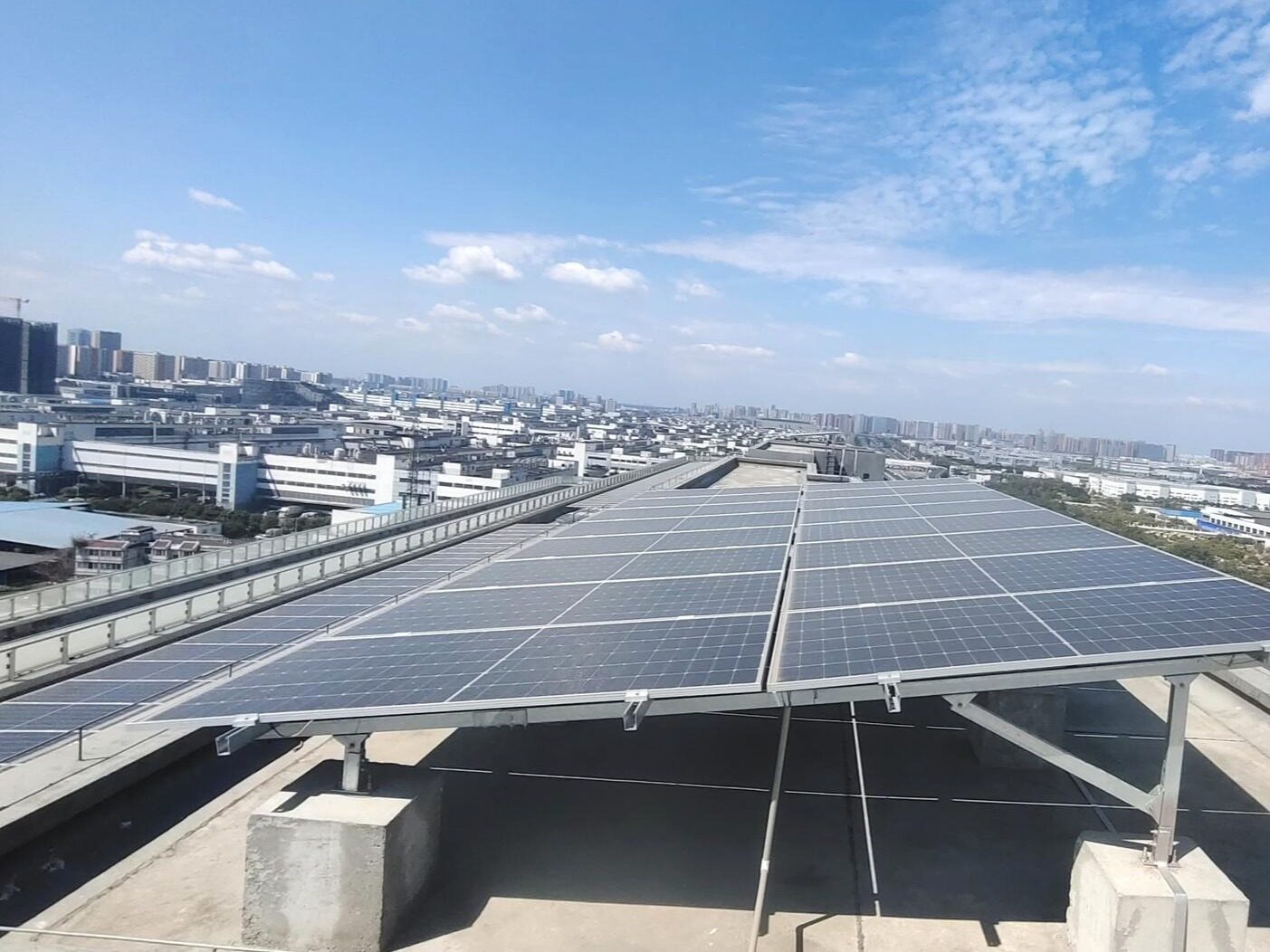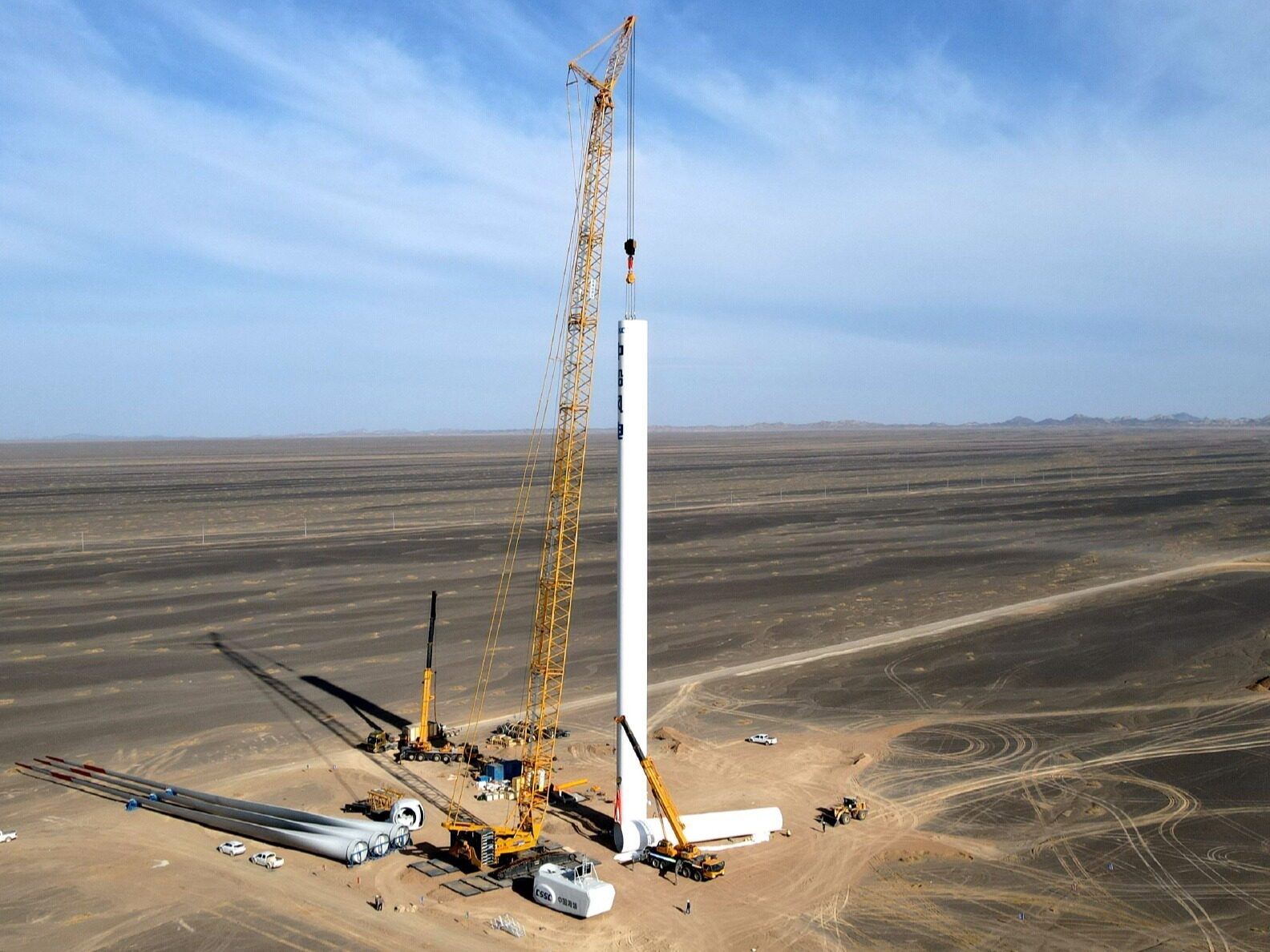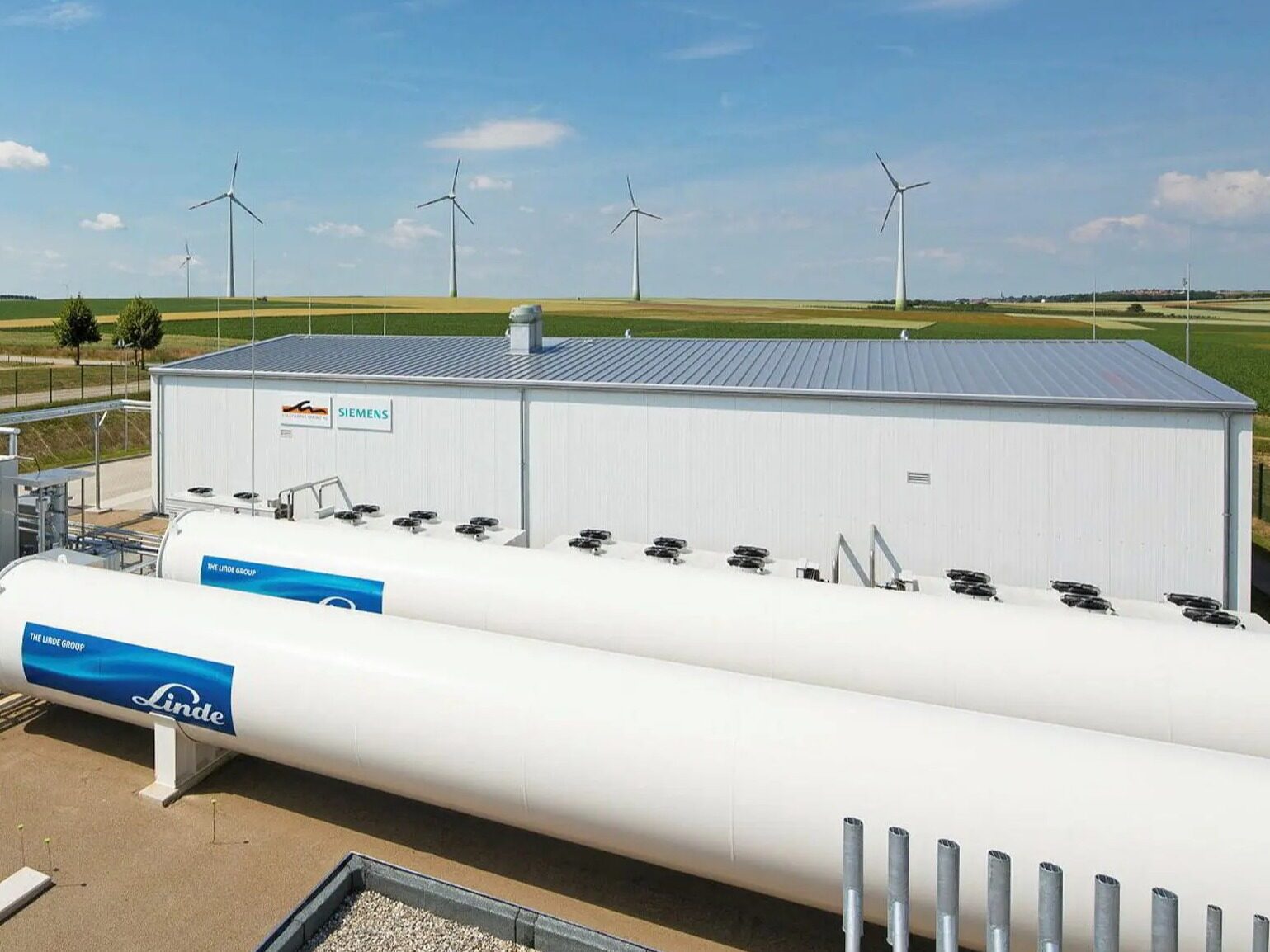- The China-Russia Eastern Route Yangtze River Shield Project is the national energy artery of the throat project

At 10 o'clock in the morning on May 18, 2021, at the site of the China-Russia East Line Yangtze River Shield crossing project of the National Pipeline Network Group in Nantong, Jiangsu, the Chinese shield machine "Unblocked" successfully launched, marking the Sino-Russian East Line Yangtze Shield The construction crossing project was officially digging and drilling. This project is currently the world's oil and gas field with the longest one-way shield tunneling distance, the deepest buried depth, the highest water pressure, the largest diameter, and the most complex construction environment for oil and gas pipelines across the river.

It is understood that the project crosses the Yangtze River in the form of a tunnel, with complex construction conditions and extremely difficult construction. The excavation of the shaft on the north bank of Haimen and the hoisting and downhole installation of the shield machine have been completed in the early stage. This time, the tunnel excavation operation will be started. The total length of the tunnel is 10.226 kilometers. It is currently the longest one-way shield tunnel in the oil and gas field in the world. It is also the first long-distance and longest single-head underwater tunnel in China; the elevation of the tunnel top at the lowest point of the project is -60.2 meters, the maximum overburden thickness is 42.5 meters, which is the maximum buried depth of the oil and gas pipeline shield design; the construction water pressure of the shield is 0.73 MPa, which is the highest water pressure shield project at present; the excavation and excavation diameter is 7.95 meters, the inner diameter of the tunnel It is 6.8 meters and an outer diameter of 7.6 meters. Three 1422 mm diameter pipelines will be buried in the tunnel. It is one of the largest gas pipeline projects in the world.
The "Changtong" shield machine specially developed for this project is the world's first atmospheric cutterhead shield machine with the smallest diameter. It will be off-line at the end of March 2021, and on-site assembly and commissioning will begin in April. Next, the "Unblocked" shield machine will shoulder the heavy task of tunneling at a speed of 450 meters per month, challenging the world's top five in the oil and gas field.
Ecological priority
The Yangtze River shield crossing point is located at the mouth of the Yangtze River, passing through structures such as the Yangtze River's first-class channel, anchorages, and the Yangtze River levee. It is close to existing and planned terminals such as Haixin Heavy Industry and China Merchants Heavy Industry. Put forward higher requirements on construction technology and methods.
The National Pipe Network Group implements the new development concept, insists on protecting in development and developing in protection, and coordinated to promote ecological priority and green development. In the process of project construction, environmental protection measures such as mud-water balance shield and waste slag sealed ship transportation are adopted, and the labyrinth-type mud pool, multi-stage screening system, and fine particle centrifugal system are comprehensively applied to ensure that the mud does not fall to the ground and the waste slag does not leak. Effective control of pollutant discharge and environmentally sensitive targets has achieved "zero leakage, zero discharge, and zero pollution", and the natural ecology of the Yangtze River is protected to the greatest extent.
Gazprom South
The Sino-Russian Eastern Route Yangtze River Shield crossing project is the first key control project independently started construction after the establishment of the National Pipeline Network Group. It is the "throat" project of the Sino-Russian Eastern Route of the national energy artery. The Sino-Russian East Line (Hebei Yongqing-Shanghai) section of the project is interconnected with the first and second lines of the West-East Gas Pipeline. The annual gas transmission volume is 18.9 billion cubic meters, which can reduce carbon dioxide emissions compared with coal combustion. The total amount is 81.44 million tons, the reduction of sulfur dioxide emissions by 900,000 tons, the reduction of nitrogen oxide emissions by 230,000 tons, and the reduction of dust emissions by 420,000 tons are important for improving the regional atmospheric environment, increasing China’s clean energy supply, optimizing the energy structure, and building a clean A low-carbon, safe and efficient energy system contributes to achieving carbon peak and carbon neutral goals.

The Sino-Russian Eastern Route (Hebei Yongqing-Shanghai) section was officially launched at the end of July 2020, and the construction will be fully promoted and accelerated in January 2021. It is expected that the entire line will be completed in 2025. After completion, the "Russian gas" passing through the three northeastern provinces and the Beijing-Tianjin-Hebei region can be smoothly sent to the Yangtze River Delta region, which will further improve the emergency protection capabilities of natural gas in the Yangtze River Delta region. Editor/He Yuting
Comment
 Praise
Praise
 Collect
Collect
 Comment
Comment
 Search
Search














Write something~